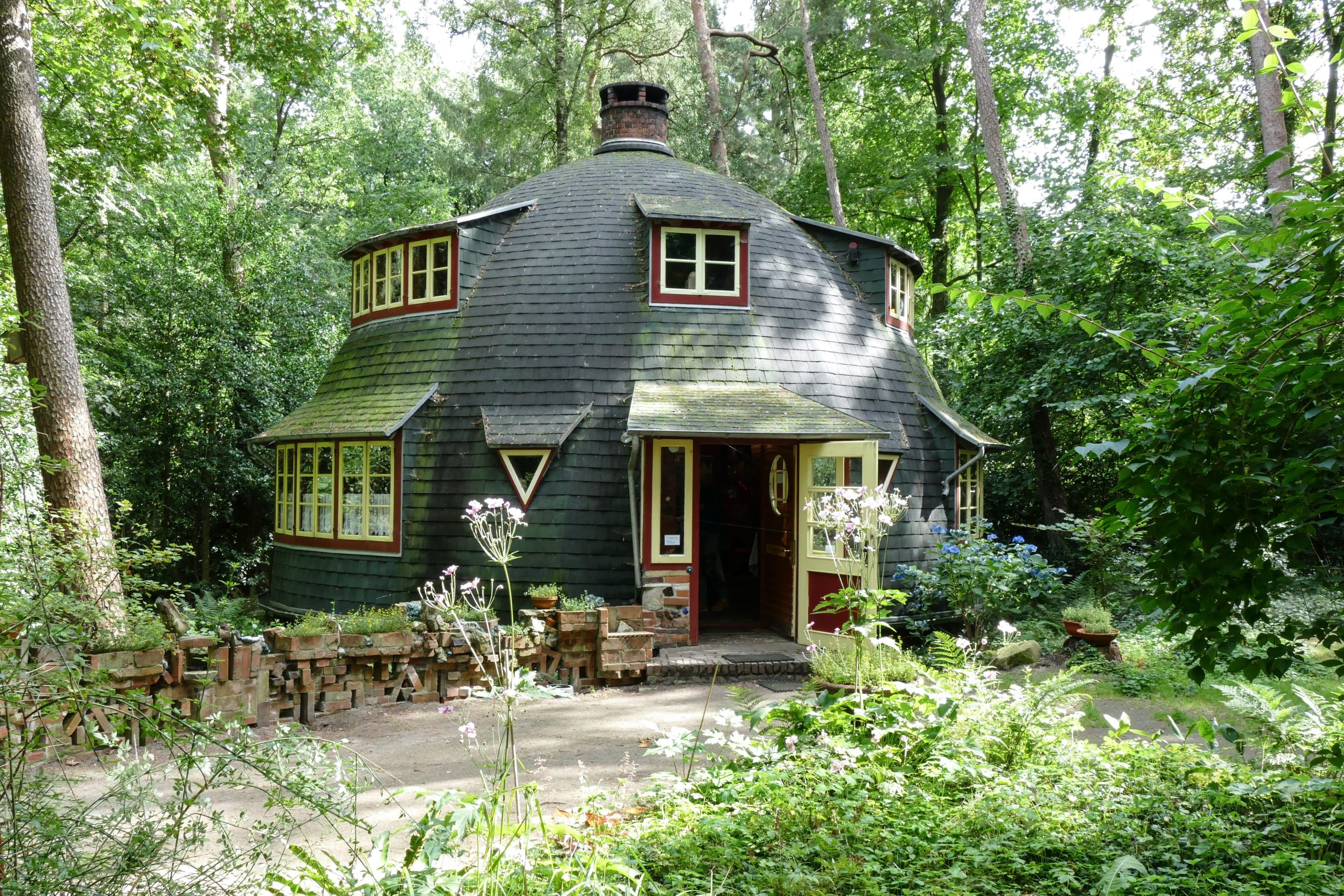How to Use a Garden Soil Calculator: A Step-by-Step Guide
Using a garden soil calculator is an essential tool for any gardening or landscaping project, ensuring you purchase the exact amount of soil needed without wasting resources or money. Here’s a comprehensive guide on how to use a garden soil calculator effectively.
Step 1: Measure Your Garden Space
The first step in using a garden soil calculator is to measure the area where you plan to add soil. This includes the length, width, and depth of your garden bed, raised bed, or lawn.
- For raised beds, measure the inside dimensions.
- For lawns or garden beds, measure the total area.
- Determine the depth of the soil needed, which can vary depending on the type of plants you are growing. For example, vegetable gardens typically require 6 to 12 inches of soil depth, while new lawns may only need 4 to 6 inches of topsoil[2][3][4].
Step 2: Input the Measurements into the Soil Calculator
Once you have your measurements, input them into the soil calculator.
- Most calculators allow you to choose the units for each dimension (inches, feet, yards, centimeters, or meters).
- Ensure all measurements are in the same units before entering them into the calculator[2][4][5].
Step 3: Select the Soil Type
Some soil calculators provide options for different soil types, such as topsoil, compost, or sand. Select the appropriate type based on your gardening needs, as different soil types have different densities and may affect the calculation.
- This step is crucial for getting an accurate estimate, as the density of the soil can vary significantly[2][4].
Step 4: Calculate the Soil Volume
After entering your measurements and selecting the soil type, click the “calculate” button.
- The calculator will provide the total volume of soil needed, usually in cubic feet, cubic yards, or cubic meters.
- If the results are in a unit you’re not familiar with, you can use conversion tools or adjust the settings within the calculator[2][3][4].
Step 5: Convert the Results (if needed)
If necessary, convert the results to a more familiar unit. For example, most soil is sold by the cubic yard, so converting cubic feet to cubic yards is often necessary.
- One cubic yard is equal to 27 cubic feet or 1,728 cubic inches[3][4].
Step 6: Determine the Number of Bags Needed
After calculating the volume, you need to determine how many bags of soil you will need.
- Most soil calculators provide an option to select the bag size to match the size of the soil bags you will use for your project.
- A typical bag of garden soil is between 0.5 and 0.75 cubic feet, so the calculator will estimate the number of bags based on this volume[1][4].
Additional Tips for Using a Soil Calculator Effectively
Double-Check Your Measurements
Accurate measurements are key to getting the right results. Use a tape measure and double-check your figures before inputting them into the calculator[2].
Consider Soil Settling
Soil may settle over time, especially in newly filled beds. To account for this, consider adding an extra 10-15% to your soil calculation to ensure the soil level remains consistent[2].
Handle Irregular Areas
For L-shaped or irregularly shaped garden beds, divide the area into rectangles or squares and calculate the volume for each section separately. Then, sum up the volumes to get the total amount of soil needed[3][5].
Most Important Facts About Garden Soil Calculators
- Accuracy and Cost-Efficiency: Garden soil calculators provide precise measurements, ensuring you buy the exact amount of soil needed, which saves money by preventing over-purchasing and reduces waste[2].
- Time-Saving: These calculators quickly provide the necessary information, eliminating the time spent on manual calculations or multiple trips to the store for more soil[2].
- Measurement Units: Ensure all measurements are in the same units before entering them into the calculator. Common units include inches, feet, yards, centimeters, or meters[2][4][5].
- Soil Type Selection: Different soil types have different densities, so selecting the correct type is crucial for accurate calculations[2][4].
- Volume Calculations: The basic formula for calculating soil volume is Length x Width x Depth = Volume. This can be converted into various units such as cubic feet, cubic yards, or cubic meters[3][4].
- Soil Settling: Consider adding an extra 10-15% to your soil calculation to account for settling over time[2].
By following these steps and tips, you can use a garden soil calculator to optimize your gardening projects, ensuring you have the right amount of soil without unnecessary waste or additional costs.


